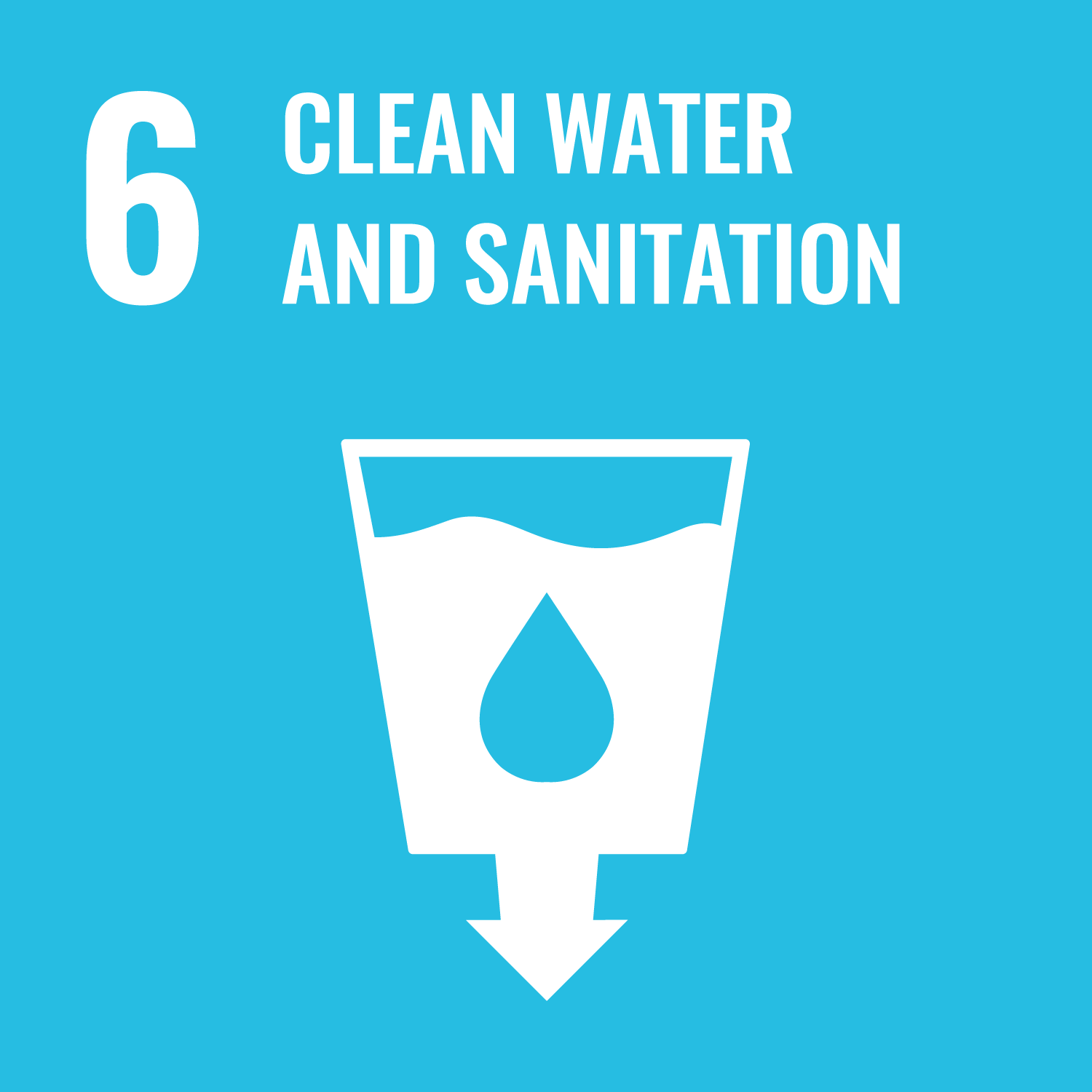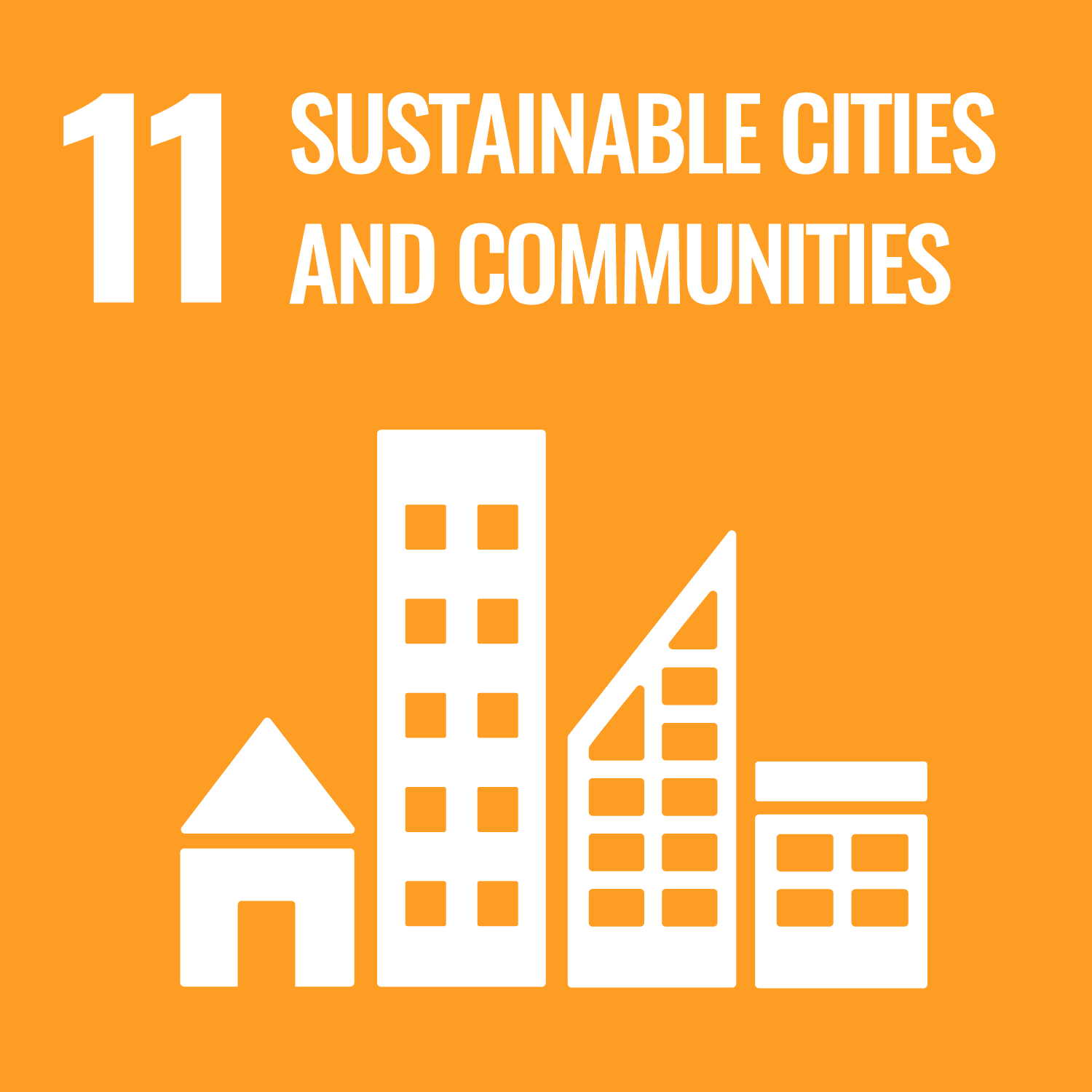ORCID
- T. W. Davies: 0000-0002-4673-9893
Abstract
Half of globally significant megacities are situated near the coast, exposing urban marine ecosystems to multiple stressors such as waste-water discharge containing a host of organic and inorganic pollutants, air and noise pollution. In addition to these well recognized sources, artificial light at night (ALAN) pollution is inseparable from cities but poorly quantified in marine ecosystems to date. We have developed a time- and wavelength-resolving hydrological optical model that includes solar (daylight and twilight components), lunar and ALAN source terms and propagates these spectrally through a tidally varying water column using Beer’s Law. Our model shows that for 8 globally distributed cities surface ALAN dosages are up to a factor of 6 greater than moonlight, as ALAN intensities vary little throughout the night, over monthly or seasonal cycles. Moonlight only exceeds ALAN irradiances over the ±3-day period around full moon, and particularly during the brightest moons (mid-latitude winter, at zenith). Unlike the relatively stable surface ALAN, underwater ALAN varies spectrally and in magnitude throughout the night due to tidal cycles. The extent of ALAN in-water attenuation is location-specific, driven by the season, tidal range and cycle, and water clarity. This work highlights that marine ALAN ecosystem pollution is a particularly acute global change issue near some of the largest cities in the world.
DOI Link
Publication Date
2022-12-01
Publication Title
Elementa: Science of the Anthropocene
Volume
10
Issue
1
ISSN
2325-1026
Acceptance Date
2022-11-04
Deposit Date
2022-04-11
Embargo Period
2022-12-22
Keywords
Artificial light at night, coastal megacities, hydrological optical model, radiative transfer modelling, tidal cycle, urban marine ecosystems
Recommended Citation
Davies, T., Smyth, T., Wright, A., Edwards-Jones, A., Queiros, A., Rendon, O., Tidau, S., & McKee, D. (2022) 'Disruption of marine habitats by artificial light at night from global coastal megacities', Elementa: Science of the Anthropocene, 10(1). Available at: 10.1525/elementa.2022.00042




